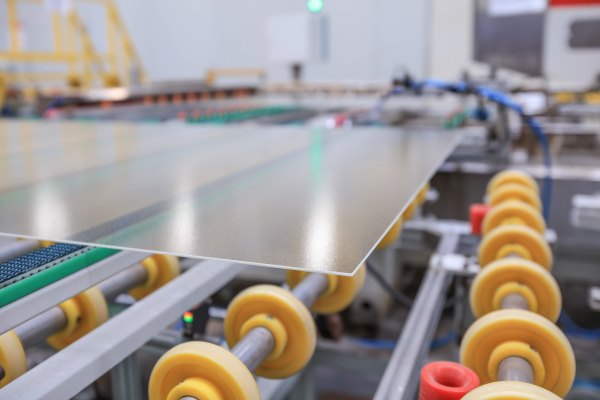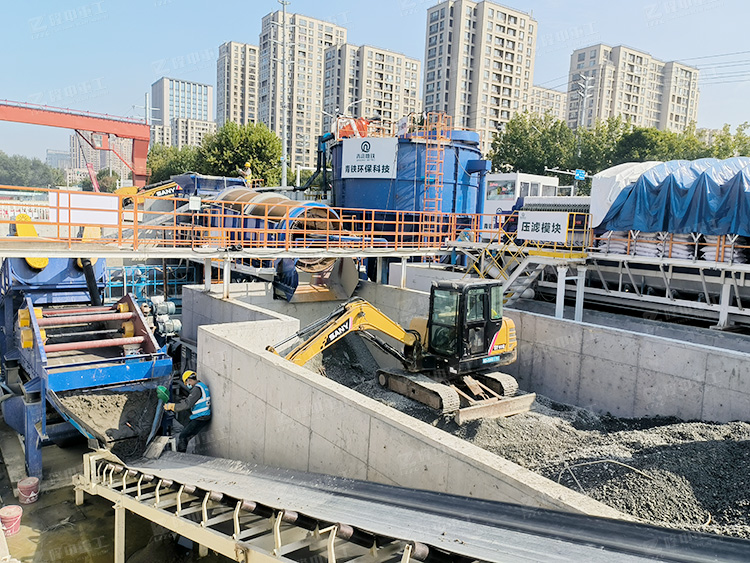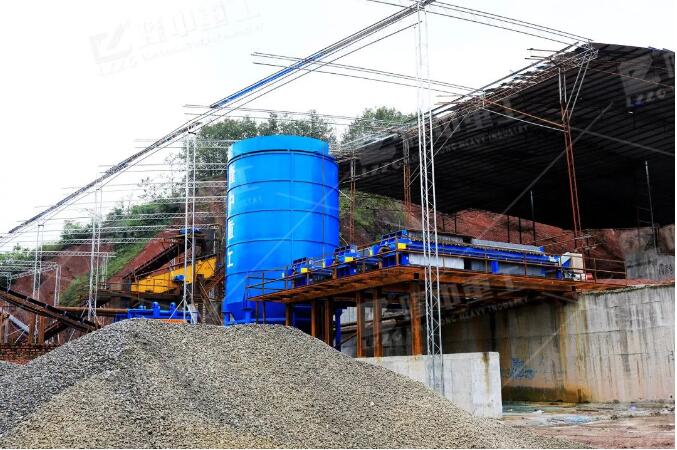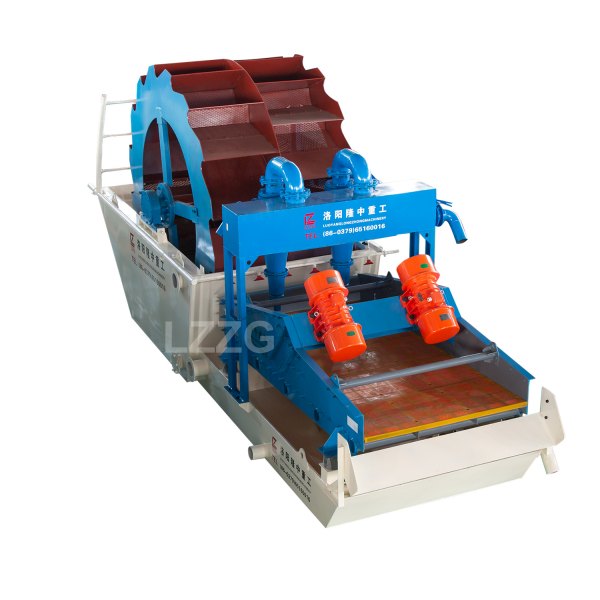The difference between photovoltaic glass and ordinary glass
 May.28,2024
May.28,2024
Photovoltaic glass usually uses ultra-white glass, which has a higher technical threshold than ordinary glass. The strength and transmittance of photovoltaic glass directly determine the lifespan and power generation efficiency of photovoltaic modules.

Ordinary glass has a high iron content, generally above 0.2%, has a green color and low light transmittance. The transmittance is 88~89% (based on the standard thickness of 3.2mm), while ultra-white glass is a kind of ultra-transparent glass. Low-iron glass has the advantages of high light transmittance, corrosion resistance, high temperature resistance, and low self-explosion rate. The iron content is less than 0.015%, and the transmittance is ≥91.5%. Therefore, it is the first choice for photovoltaic glass.
In terms of technology, ultra-white glass has much higher requirements than ordinary glass in terms of material design, process system design, furnace tank structure, operating system and product quality standards. Therefore, it is difficult for ordinary glass manufacturers to easily enter the photovoltaic glass market. .
Photovoltaic glass has strong cost support, and raw materials and fuel are the core of cost reduction. Direct materials and fuels account for 82% of the cost of photovoltaic glass. Direct materials are mainly soda ash and quartz sand, while fuels are petroleum, natural gas and electricity. Therefore, cost reduction mainly focuses on raw materials and fuels.
LZZG’s quartz sand purification production line can meet the raw material requirements of ultra-white photovoltaic glass. If you have quartz sand raw ore that needs to be purified, please contact us.





